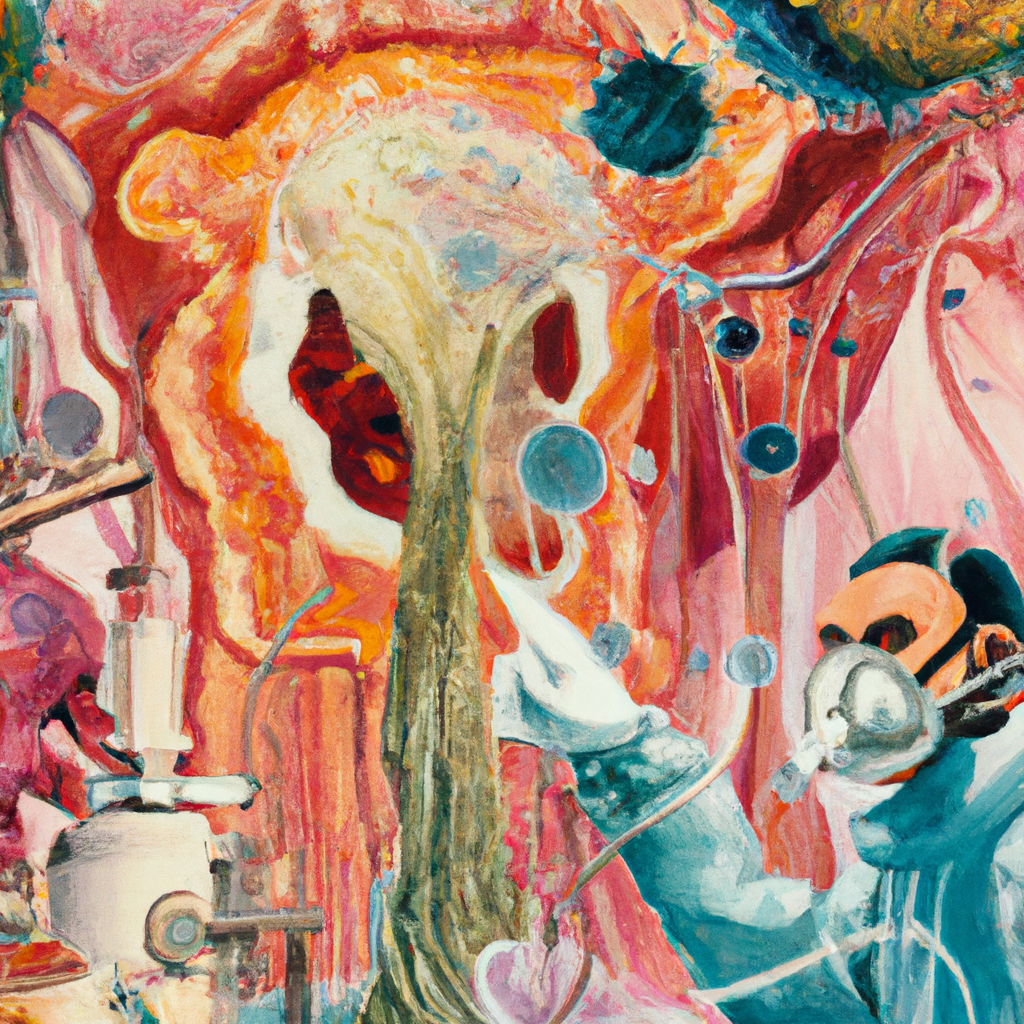
Defying Yuckiness: The Glorious, Sticky Science That Saves Lives
Highlights of the Fussy and Slimy Redemption
– Mucus: The underrated, squishy body protector
– The power of mucus in collecting and wiping out harmful intruders
– The role of CFTR protein in keeping mucus at an optimal sticky-and-slick balance
– Cystic Fibrosis and the deadly consequences of mucus imbalance
– Genetic engineering as a bold strategy to cure mucus-related diseases
– Humanizing mucus: Its contribution to our survival every day
Body of the Article
Valuing the Overlooked: The Glory of Mucus
Get over the yuckiness and let’s talk some serious phlegm business. Mucus, that sticky and icky substance that your body constantly oozes out, is actually your life’s unsung hero. Whether it’s trapping potentially harmful microorganisms, rinsing out dirt particles, or offering a slippery shortcut to digestion, mucus is always on duty, diligently working on multiple fronts to keep you healthy.
Putting Up the Defense: Mucus and its Protective Role
Our body’s intruder alert system is wrapped up in that sticky, gooey substance. It entraps bacteria, dust, and other pesky particulates from the air we breathe, the food we eat, or whatever we happen to rub into our eyes. Think of it as the body’s personal bouncer, keeping away the unwelcome elements while allowing the necessary substances in, much like a very viscous bodyguard.
Stepping into the Biological Labyrinth: Mucus Regulation
Making mucus, while ghastly to think about, is actually a delicate balancing act. It’s the duty of the CFTR protein to carefully regulate the levels of water and salt to create mucus that is just the right balance of sticky and slick. Too much of one or the other, and things get a bit too squirmy or gloopy, which is precisely where medical complications can step in.
Slip or Stick: The Deadly Consequence of Imbalance
Cystic Fibrosis (CF) is a remarkably cruel reminder of how much our survival relies on the consistency of this slimy substance. People with CF have a faulty CFTR gene which throws the whole mucus balance off kilter. Overly thick and sticky mucus painfully plugs up the lungs and other organs, creating a fertile ground for pathogenic parties and making it downright impossible to catch a full breath.
Editing Mucus Matrix: The Advent of Genetic Engineering
To tackle mucus-based miseries, scientists are turning to genetic engineering. The audacious strategy involves editing the problematic CFTR gene to make it function normally. From snotty noses to lungs marred by mucus mismanagement, this science is promising a future where the goo is good for all.
Humanizing Mucus: It’s a Sticky Business But Someone’s Gotta Do It
For every survived flu, there’s a gob of mucus to thank for it. For every bite of a dirt-laced apple, we should genuflect to the gloopy guardian lining our digestive tract. Mucus might be gross to look at or touch, but it’s quite the underappreciated lifesaver.
Hot Take
Well, here’s the snotty truth folks: mucus, that gooey stuff we love to hate, is more valuable than a Gucci handbag full of cryptocurrency. It’s high time we stopped turning up our noses at mucus. Yes, it’s not the most charming substance, but charm isn’t everything, not in a pandemic or in a world where inhaling an innocent gust of air can amount to unseen wars with microorganisms.
While we marvel at the magnificent machines medicine is capable of making, let’s not forget the biological machinery, right down to the gloopy palace guards, working nonstop to keep our bodies in working order.
Let’s hear it for mucus, and the mind-blowing sticky science that it anchors. So, the next time you find yourself blowing your nose or dealing with that not-so-pleasant coughed up glob, remember you’re looking at a snapshot of an unsung hero hard at work. It’s mucus’s world, and we are just lucky to be living and breathing in it.